Home>Renovation & DIY>Tools & Equipment>What Grit Sandpaper For Bed Liner
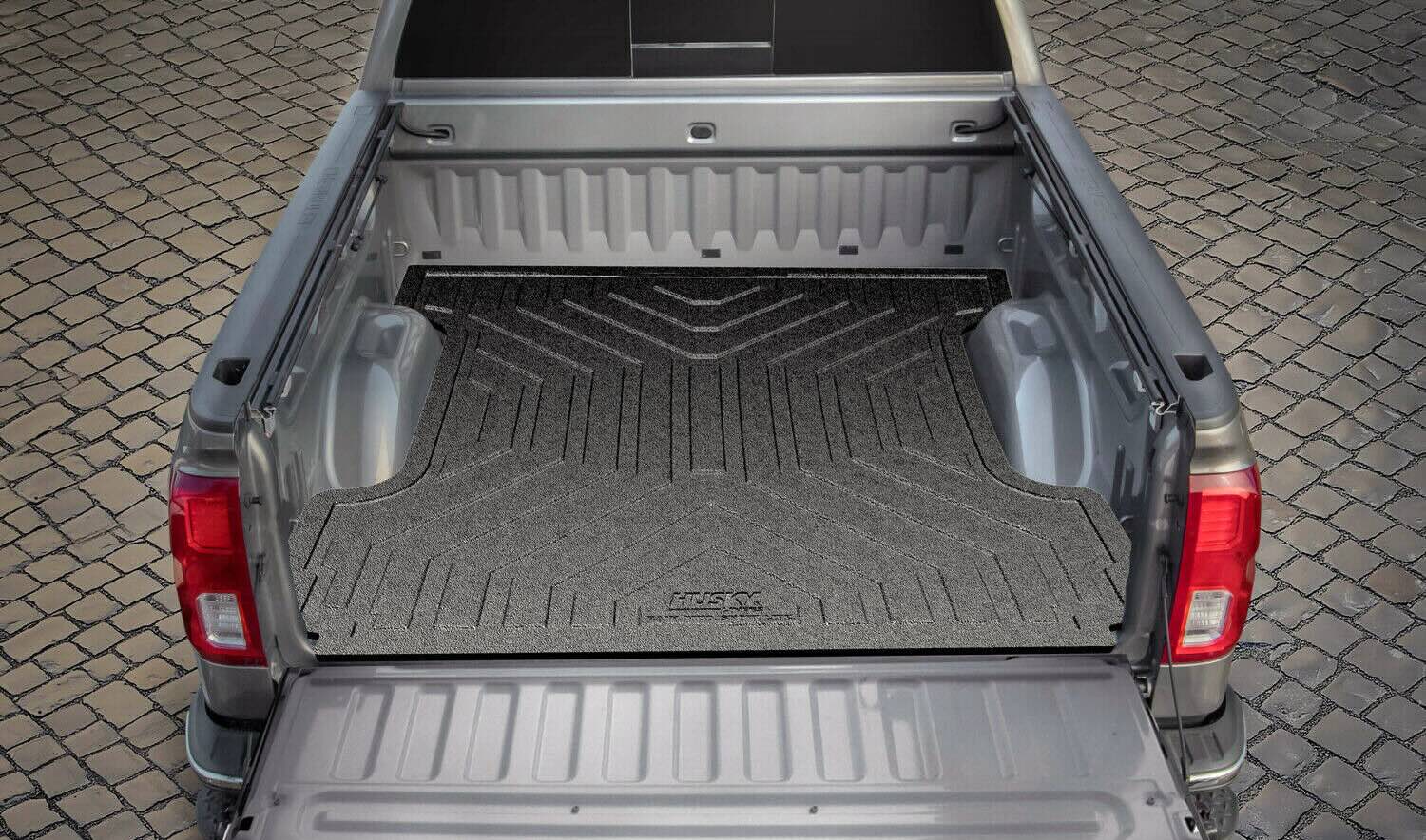

Tools & Equipment
What Grit Sandpaper For Bed Liner
Modified: December 21, 2023
Discover the best grit sandpaper for bed liner in our comprehensive guide. Find the right tools and equipment for your project. Unlock professional results.
(Many of the links in this article redirect to a specific reviewed product. Your purchase of these products through affiliate links helps to generate commission for Storables.com, at no extra cost. Learn more)
Introduction
Welcome to the world of bed liners, where durability and protection are paramount. When it comes to maintaining the quality and appearance of your truck bed, applying a bed liner is a wise choice. However, achieving a smooth and flawless finish requires careful preparation, and one essential tool in this process is grit sandpaper. Understanding the role of grit sandpaper and selecting the right one for your bed liner project can make a significant difference in the final result.
In this article, we will delve into the world of grit sandpaper, exploring its significance and discussing how to choose the right grit for your bed liner project. Whether you are a seasoned DIY enthusiast or a novice looking to protect your truck bed, this guide will equip you with the knowledge to tackle your bed liner project with confidence and precision.
Key Takeaways:
- Choose the right grit sandpaper based on the condition of your truck bed. Coarse grits for rough surfaces, medium grits for leveling, and fine grits for a smooth finish ensure a successful bed liner application.
- Understanding grit sandpaper is crucial for achieving a professional-grade bed liner finish. Different grits serve specific purposes, from removing old coatings to preparing the surface for optimal adhesion.
Read more: What Grit Sandpaper For Marble
Understanding Grit Sandpaper
Before delving into the specifics of choosing the right grit sandpaper for your bed liner project, it’s crucial to understand the concept of grit and its significance in the sanding process. Grit, in the context of sandpaper, refers to the number of abrasive particles per square inch of the paper. The higher the grit number, the finer the abrasive particles, resulting in a smoother sanding action. Conversely, lower grit numbers indicate coarser particles, suitable for more aggressive sanding.
Grit sandpaper is available in a wide range of options, typically categorized into coarse, medium, fine, and extra fine grits. Coarse grit sandpaper, with lower grit numbers such as 40 to 60, is ideal for heavy material removal and rough surface preparation. As the grit number increases, the sandpaper becomes finer, suitable for achieving a smoother finish and preparing surfaces for painting or coating applications.
Understanding the characteristics of different grit sandpapers is essential for achieving the desired surface texture and preparing the bed liner for optimal adhesion. It’s important to note that using the wrong grit sandpaper can lead to subpar results, including uneven coatings and compromised durability.
When selecting grit sandpaper for your bed liner project, consider the condition of the truck bed surface and the type of bed liner you plan to apply. By comprehending the role of grit in the sanding process, you can make informed decisions that contribute to a professional-grade finish and long-lasting protection for your truck bed.
Use 120-150 grit sandpaper for bed liner preparation. This grit will effectively roughen the surface for better adhesion without causing excessive damage to the truck bed.
Choosing the Right Grit Sandpaper for Bed Liner
When it comes to preparing the truck bed for a bed liner application, choosing the right grit sandpaper is a critical step that significantly influences the final outcome. The selection process involves assessing the condition of the bed surface, identifying imperfections, and determining the level of surface preparation required for the bed liner to adhere effectively.
1. Assessing Surface Condition: Before selecting the grit sandpaper, thoroughly inspect the truck bed surface for any existing coatings, rough patches, or imperfections. If the surface has an existing bed liner that needs to be removed, start with a coarse grit sandpaper, such as 40 to 60, to effectively strip away the old liner and reveal the bare metal or original surface.
2. Rough Surface Preparation: For surfaces with deep scratches, rust, or heavy imperfections, begin the preparation process with a coarse grit sandpaper to level the surface and remove any stubborn contaminants. Coarse grits in the range of 60 to 100 are suitable for this initial stage, allowing you to smooth out rough areas and create a uniform surface for the new bed liner.
3. Smoothing and Preparing for Coating: Once the surface is leveled and any significant imperfections are addressed, transition to a medium grit sandpaper, typically ranging from 120 to 180. This step focuses on further smoothing the surface and preparing it for the application of the bed liner. The medium grit sandpaper helps create a textured yet even surface, promoting optimal adhesion of the bed liner material.
4. Final Surface Preparation: As the bed surface approaches the desired texture and smoothness, switch to a fine grit sandpaper, usually within the 220 to 320 range. This finer grit helps refine the surface, removing any remaining blemishes and ensuring that the bed liner will adhere uniformly, resulting in a professional and durable finish.
5. Extra Fine Grit for Finishing Touches: For those seeking an exceptionally smooth bed surface, an extra fine grit sandpaper, typically above 400, can be used for final touches. This high-grit sandpaper is ideal for achieving a polished finish and ensuring that the bed liner adheres flawlessly, leaving no room for adhesion issues or imperfections.
By following these guidelines and understanding the role of different grit sandpapers in the surface preparation process, you can effectively choose the right grits for your bed liner project, setting the stage for a successful application and long-term protection of your truck bed.
Conclusion
As you embark on the journey of protecting your truck bed with a quality bed liner, the role of grit sandpaper in the preparation process cannot be overstated. By understanding the characteristics of different grits and their respective applications, you can elevate the quality of your bed liner project and ensure a durable and professional finish.
Choosing the right grit sandpaper involves a systematic approach that considers the condition of the truck bed surface and the level of preparation required for the bed liner application. From addressing rough imperfections to refining the surface for optimal adhesion, each grit sandpaper plays a crucial role in achieving the desired texture and finish.
By utilizing coarse grits for material removal, medium grits for surface leveling, and fine to extra fine grits for smoothing and refining, you can effectively prepare the bed surface for the bed liner, setting the stage for a seamless and long-lasting application.
Ultimately, the careful selection and application of grit sandpaper contribute to the overall success of your bed liner project, ensuring that your truck bed receives the protection it deserves. Armed with the knowledge of grit sandpaper and its role in surface preparation, you are well-equipped to embark on your bed liner journey with confidence and precision.
Remember, the meticulous attention given to grit selection and surface preparation will not only enhance the aesthetic appeal of your truck bed but also contribute to its longevity and resilience against the rigors of everyday use. With the right grit sandpaper as your ally, you can transform your truck bed into a durable and reliable asset, ready to withstand the demands of your adventures and workload.
Frequently Asked Questions about What Grit Sandpaper For Bed Liner
Was this page helpful?
At Storables.com, we guarantee accurate and reliable information. Our content, validated by Expert Board Contributors, is crafted following stringent Editorial Policies. We're committed to providing you with well-researched, expert-backed insights for all your informational needs.
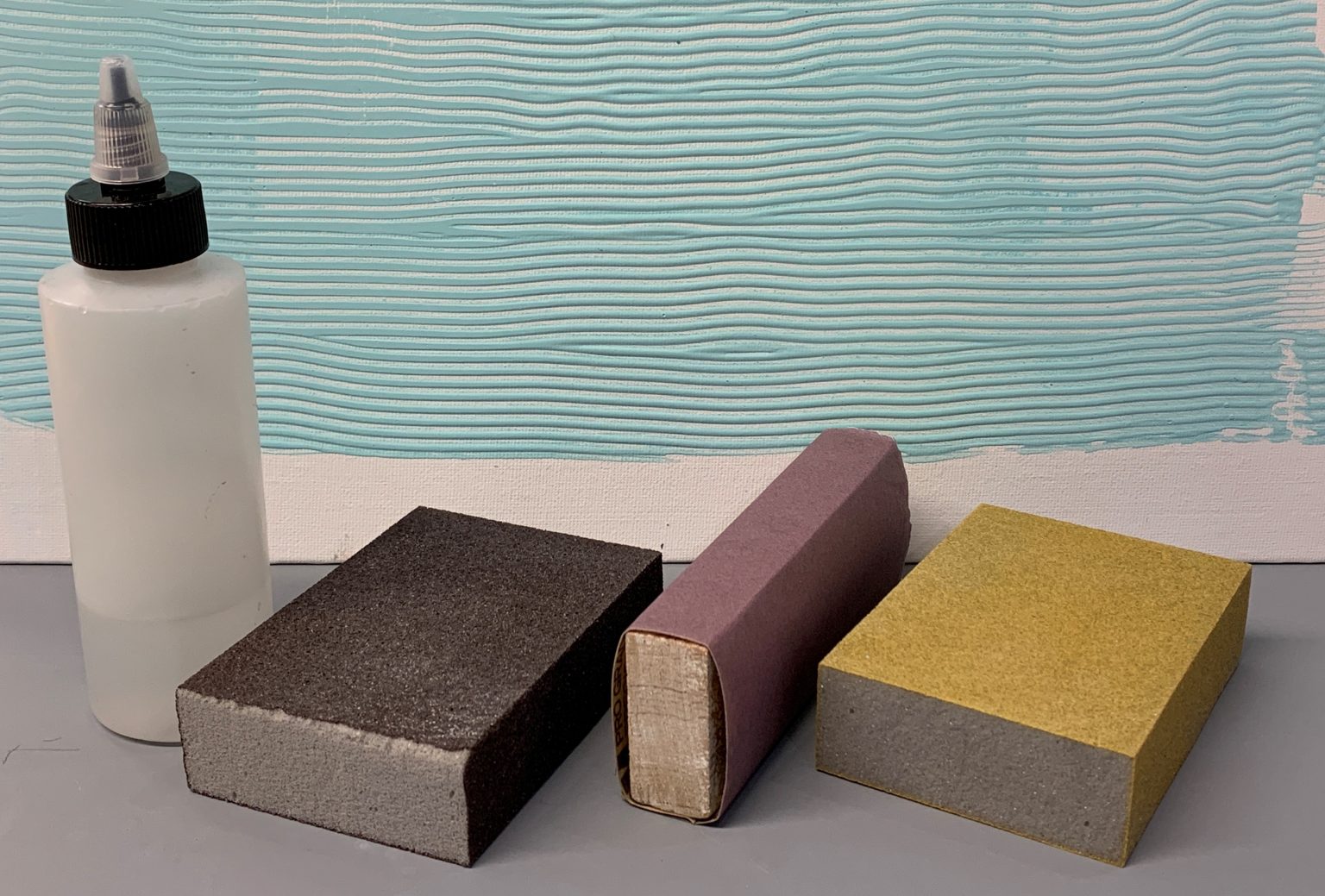
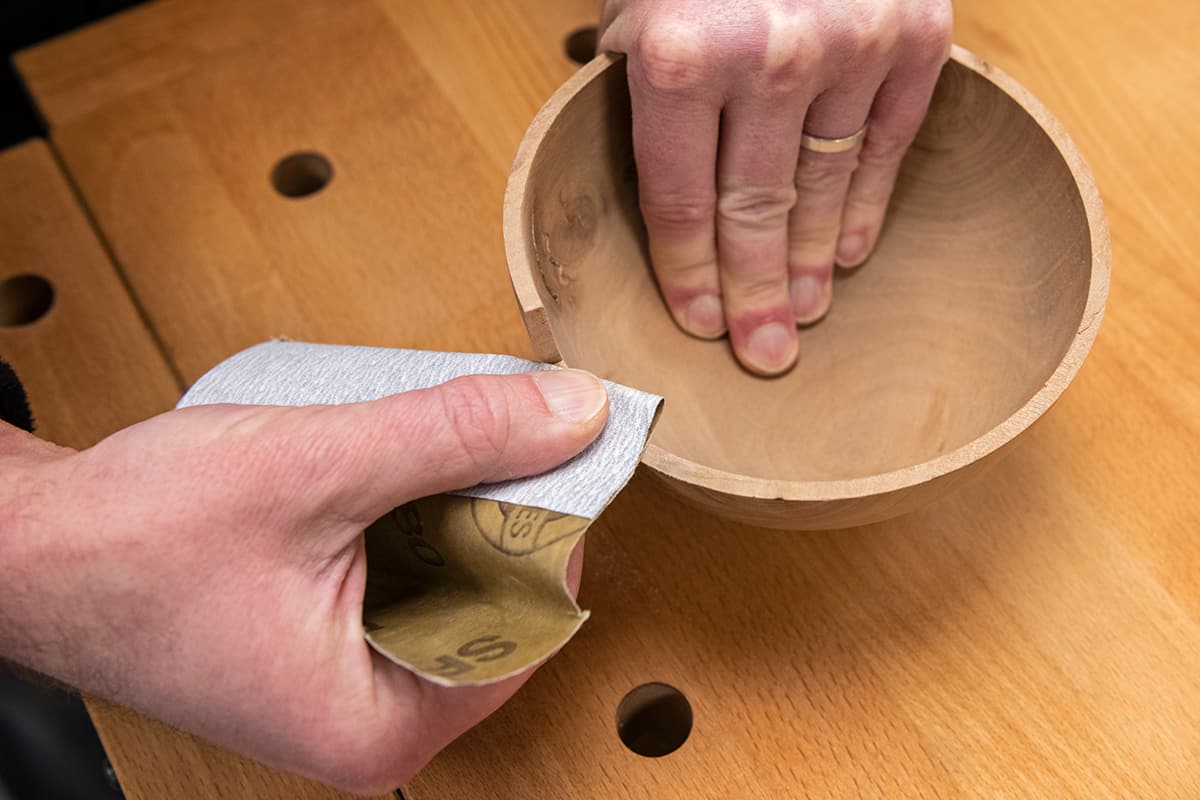
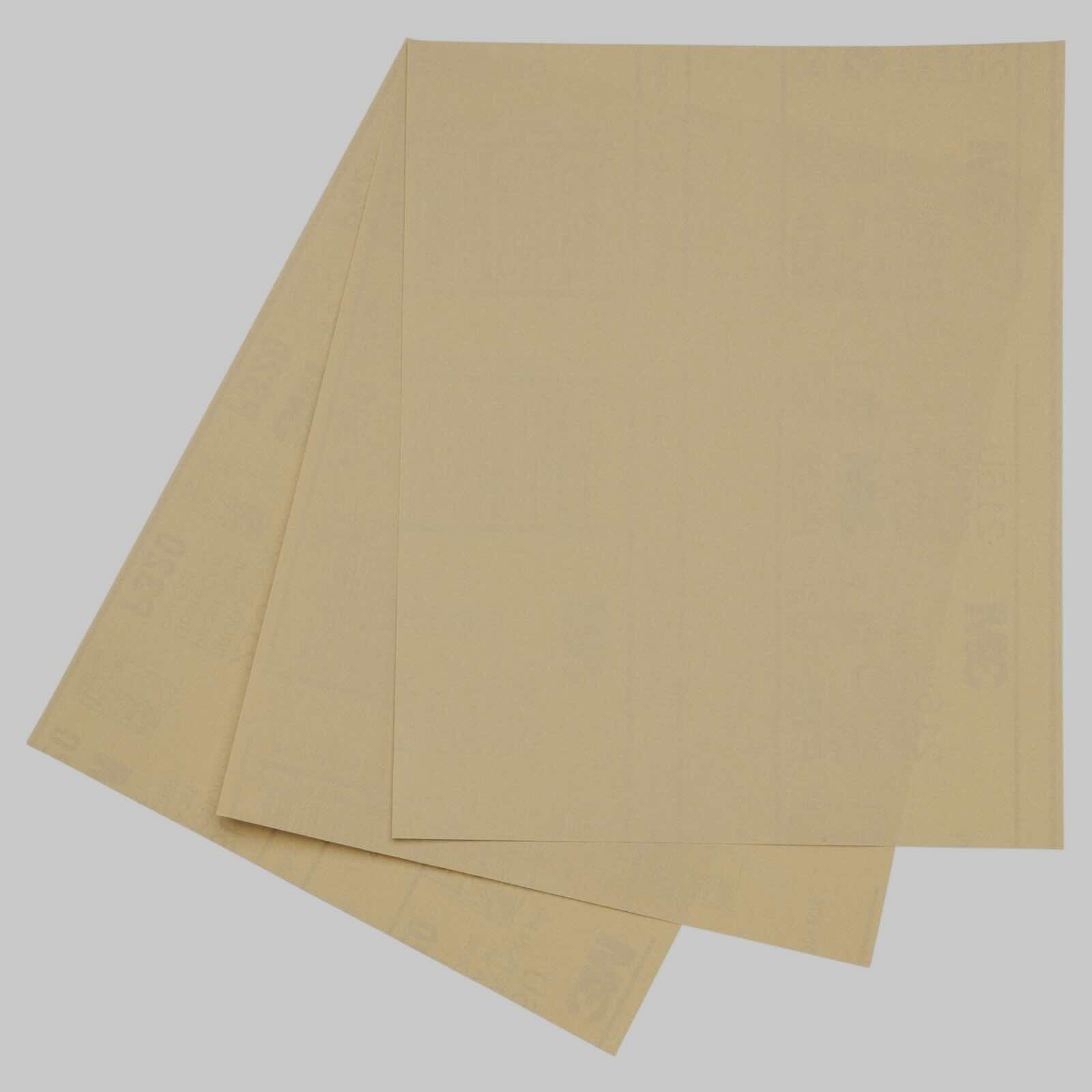

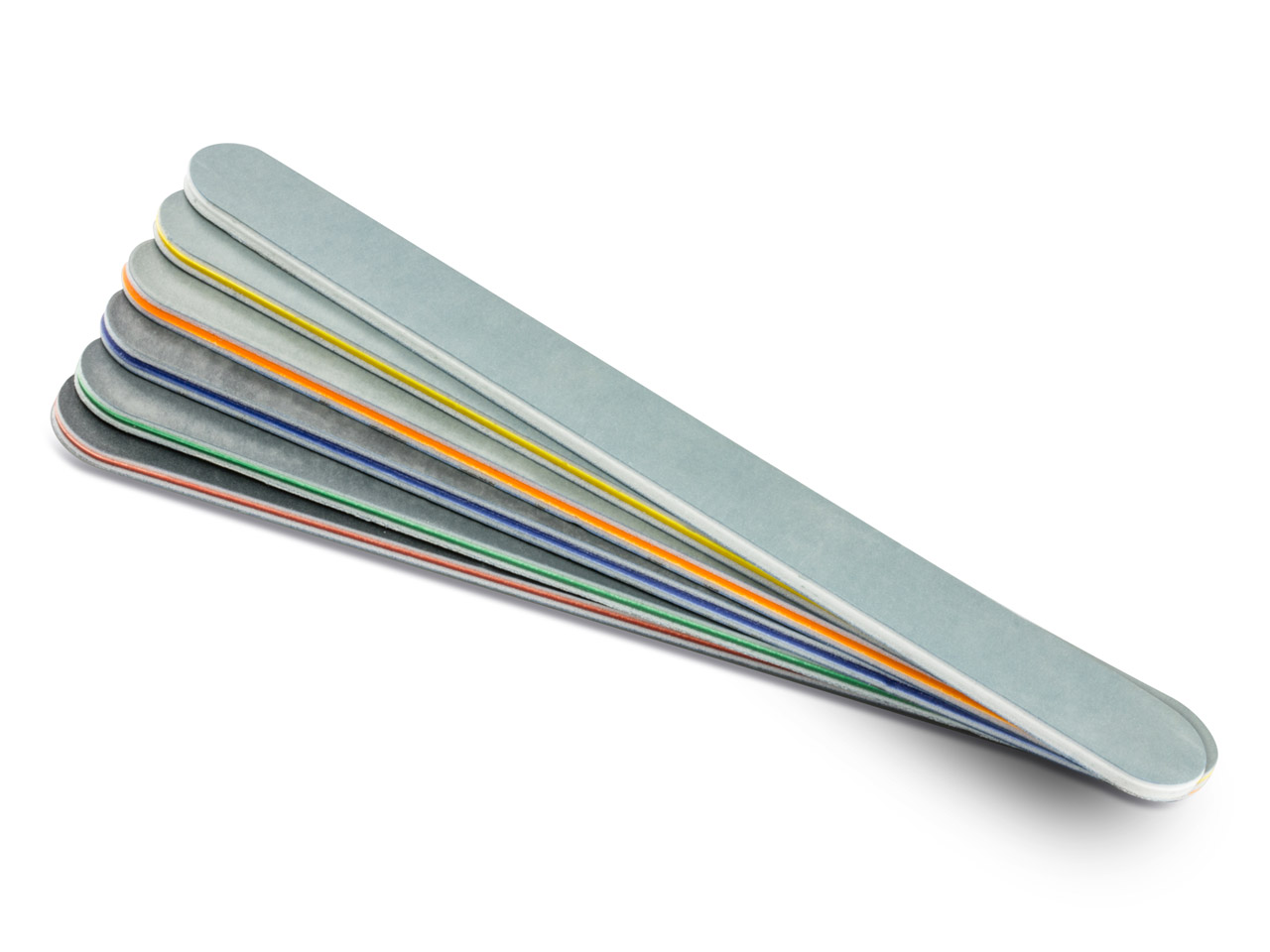
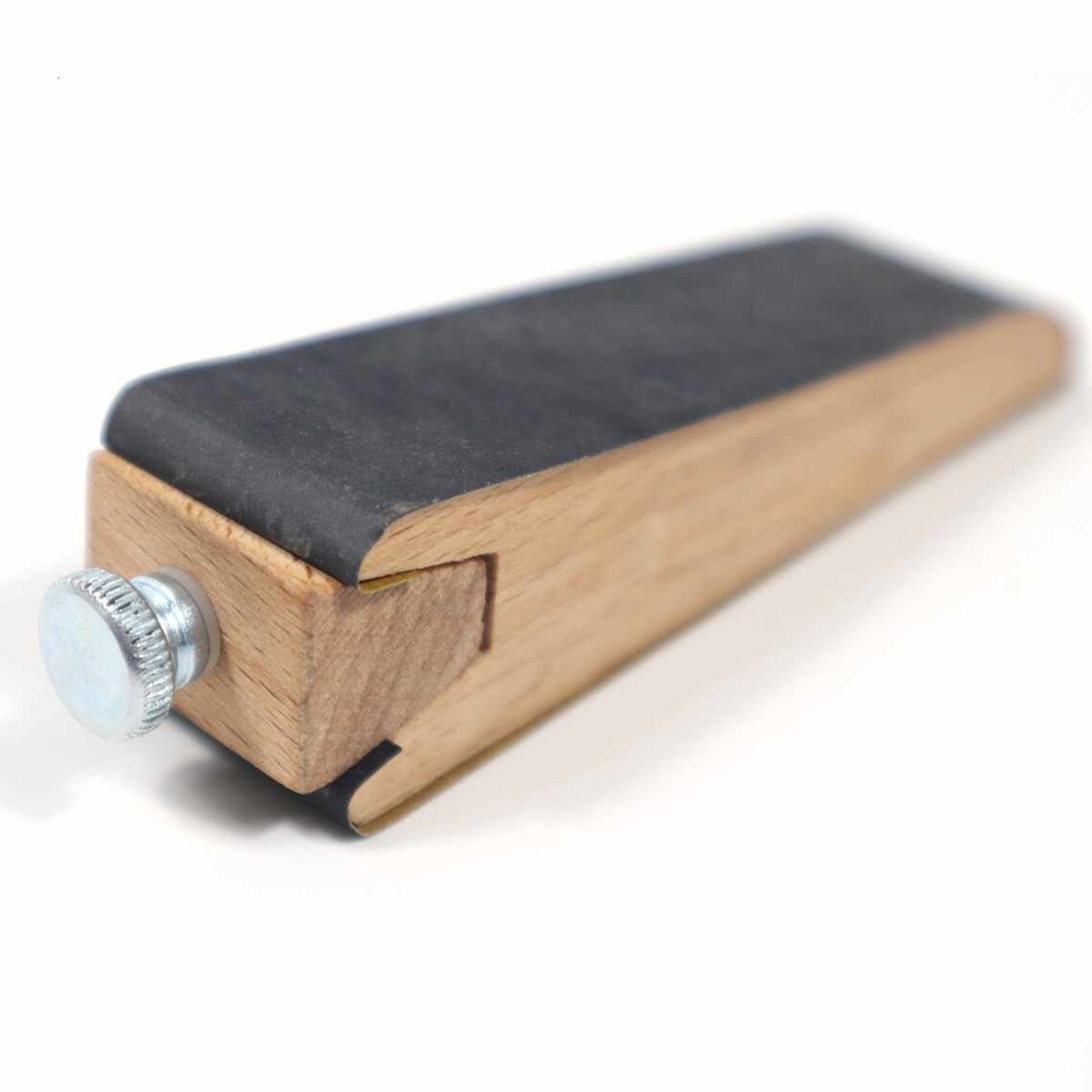
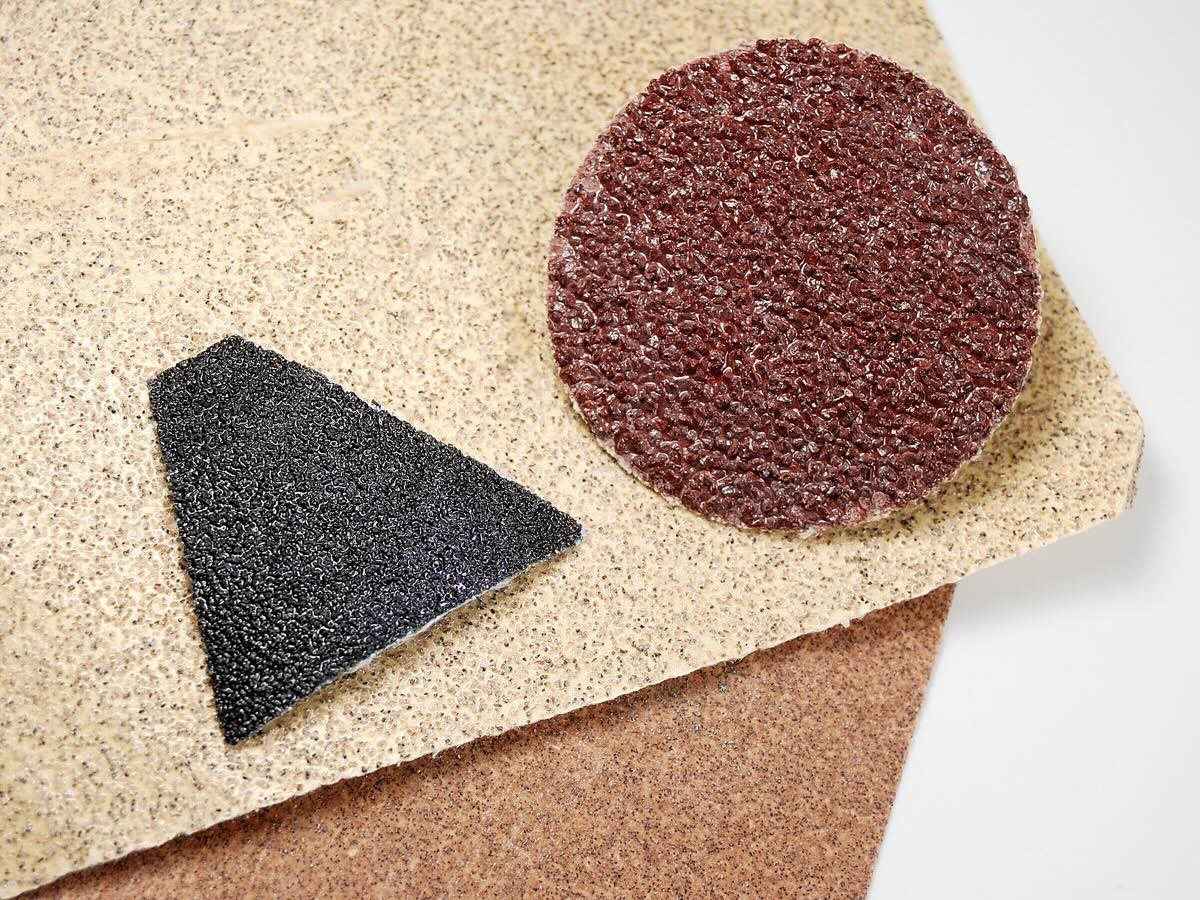
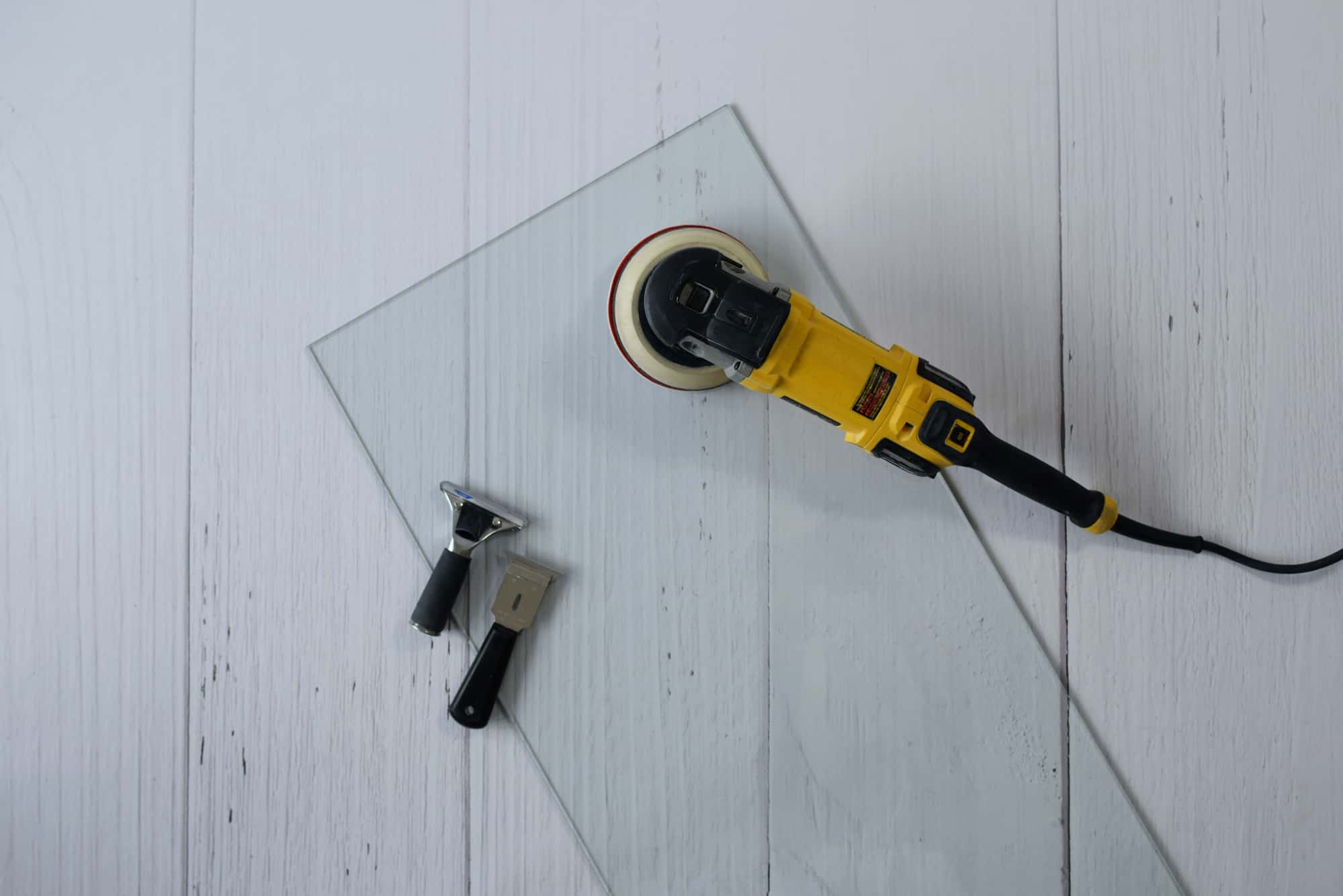
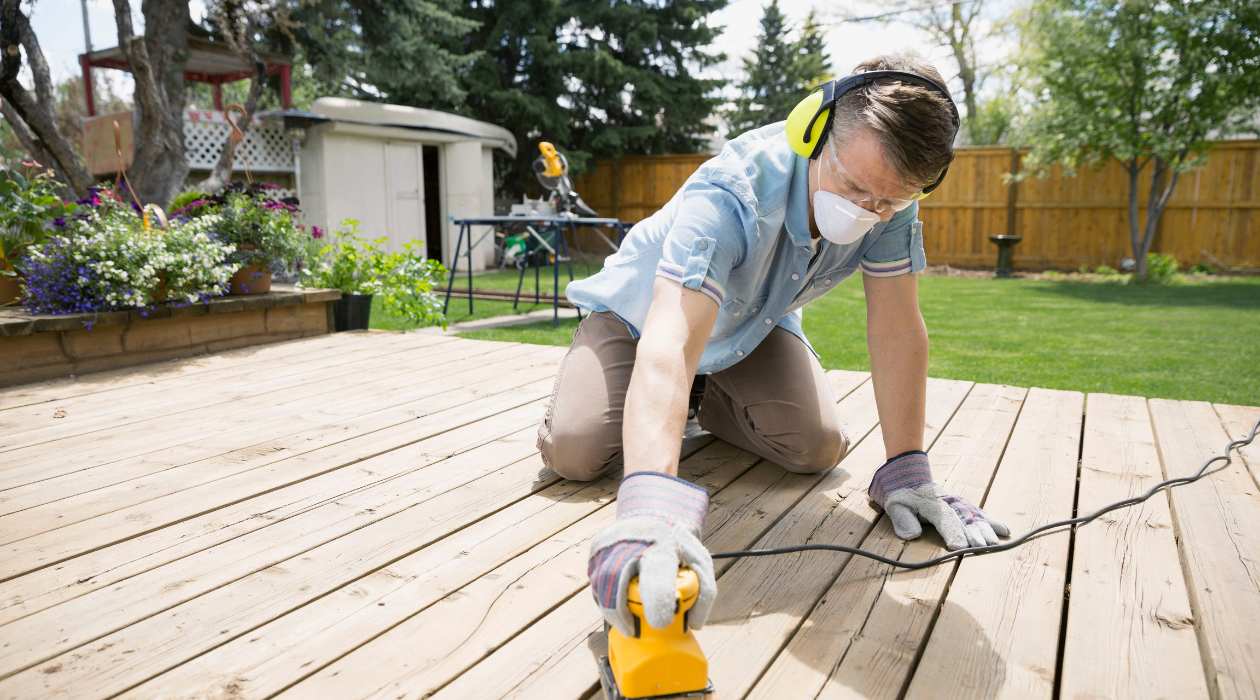
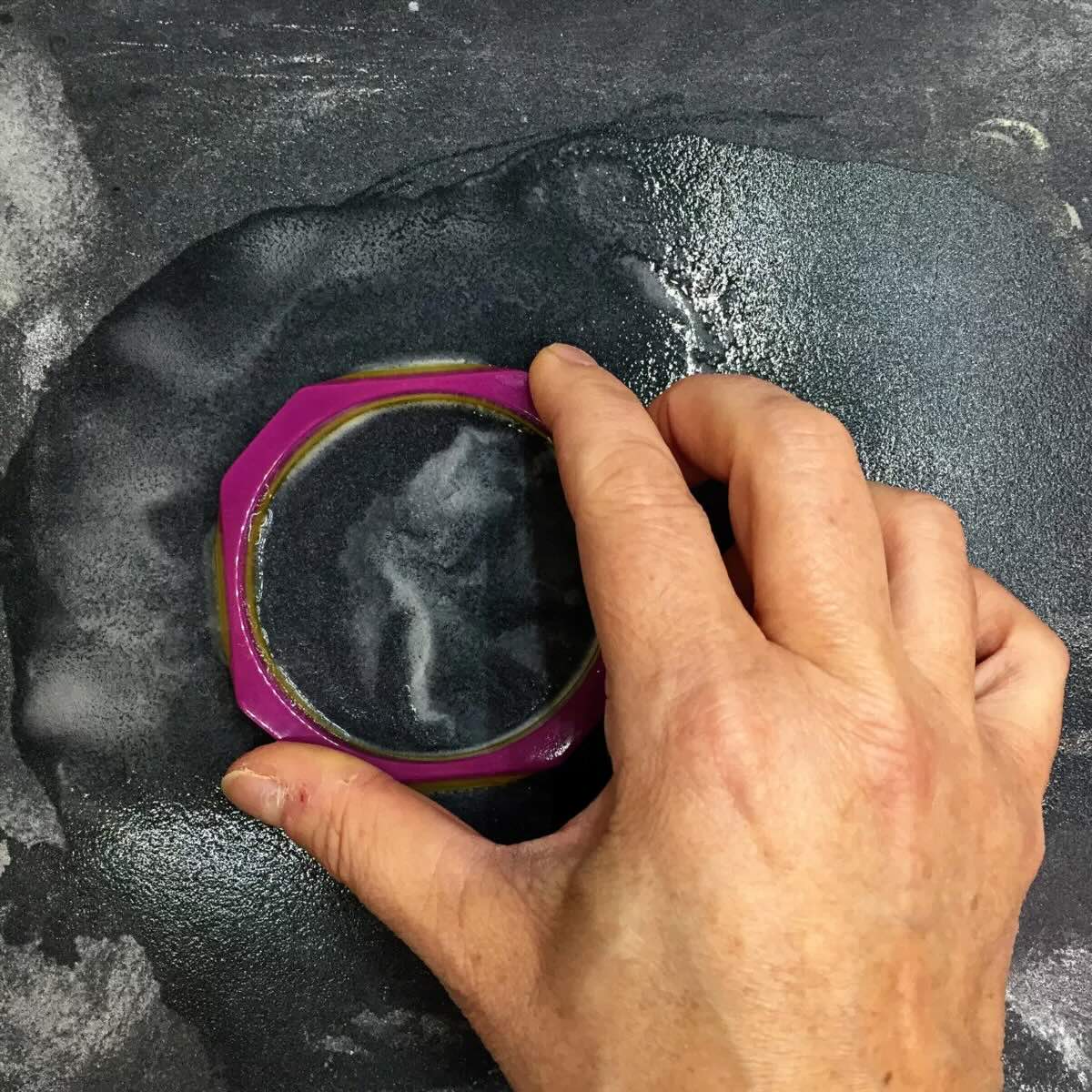
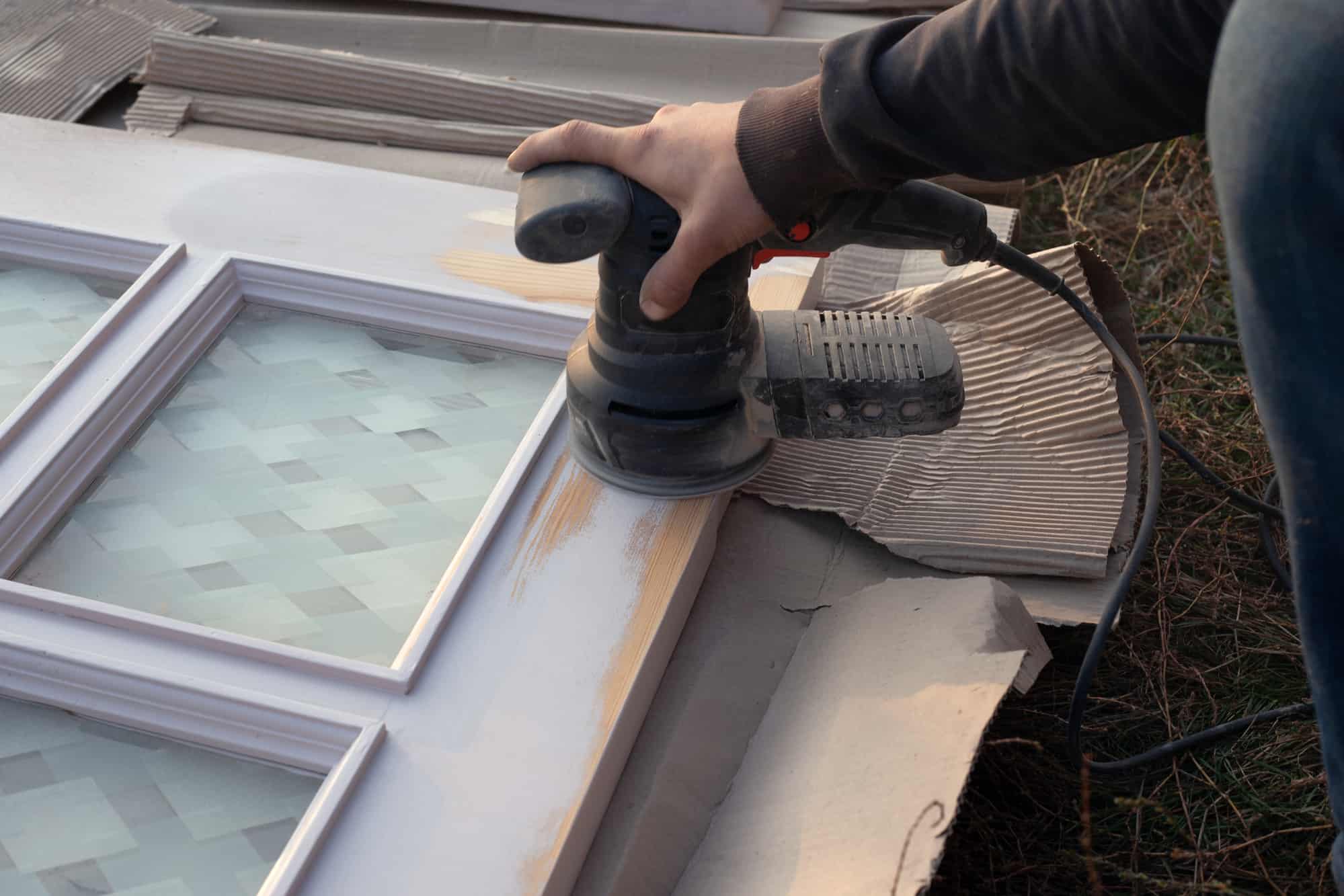
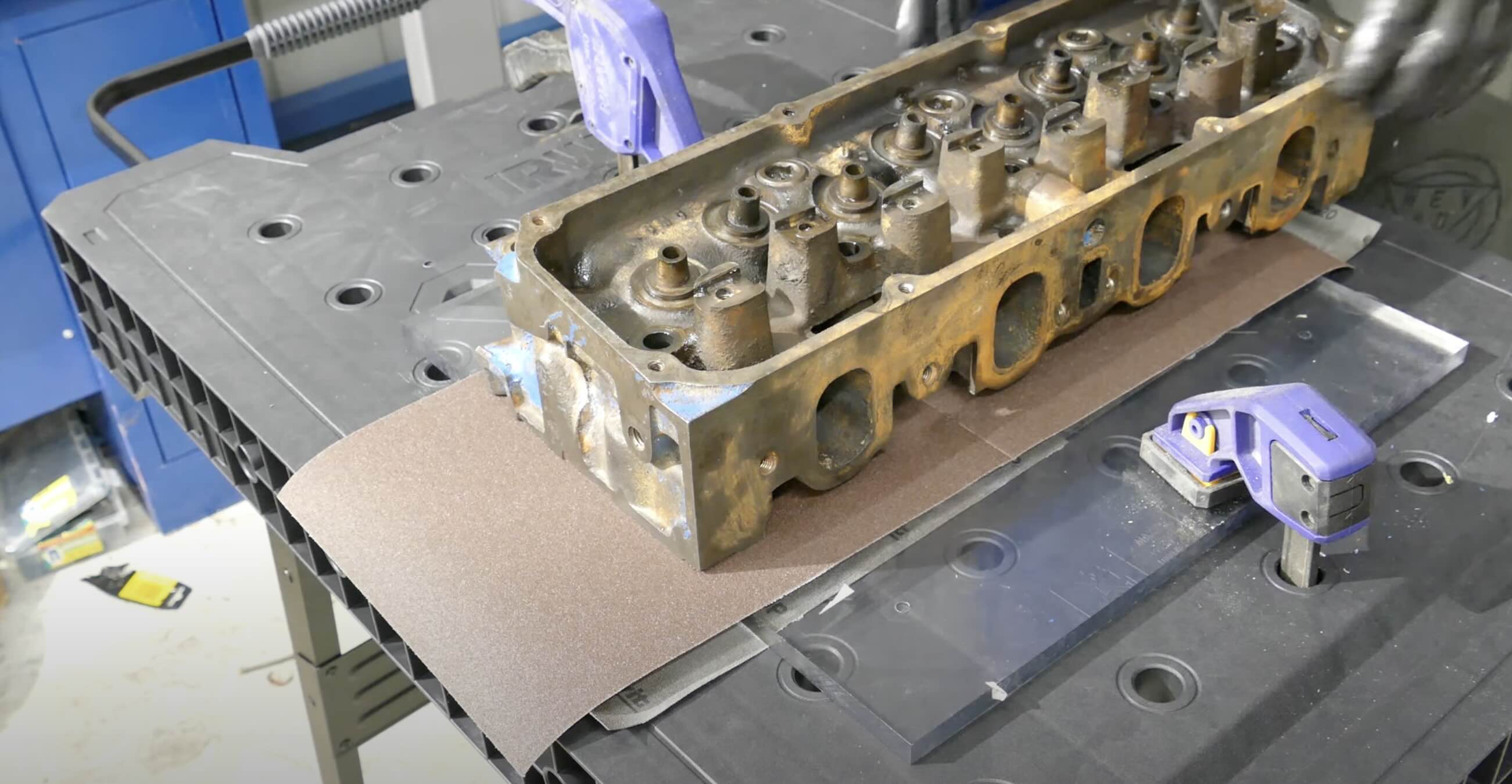
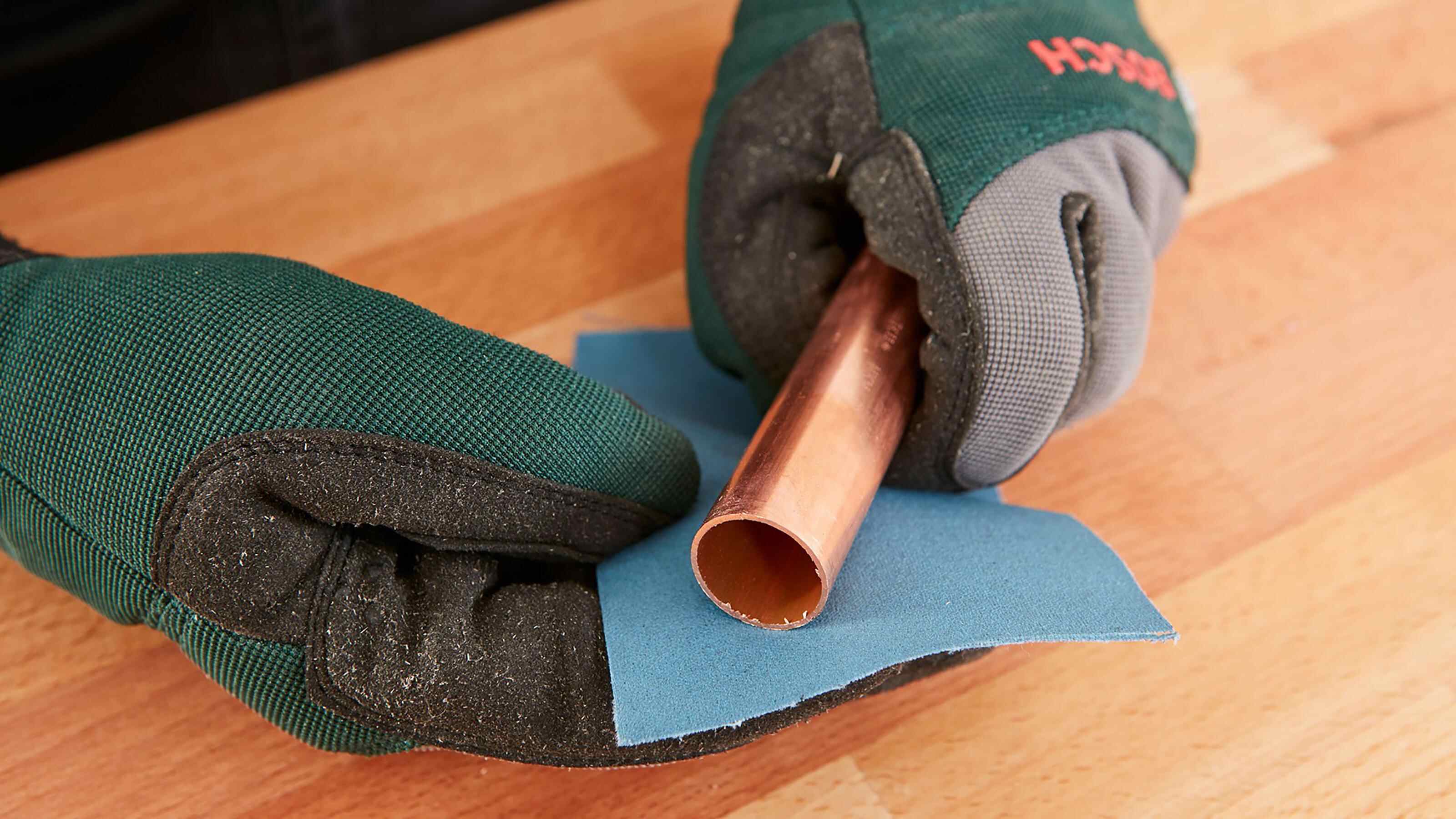
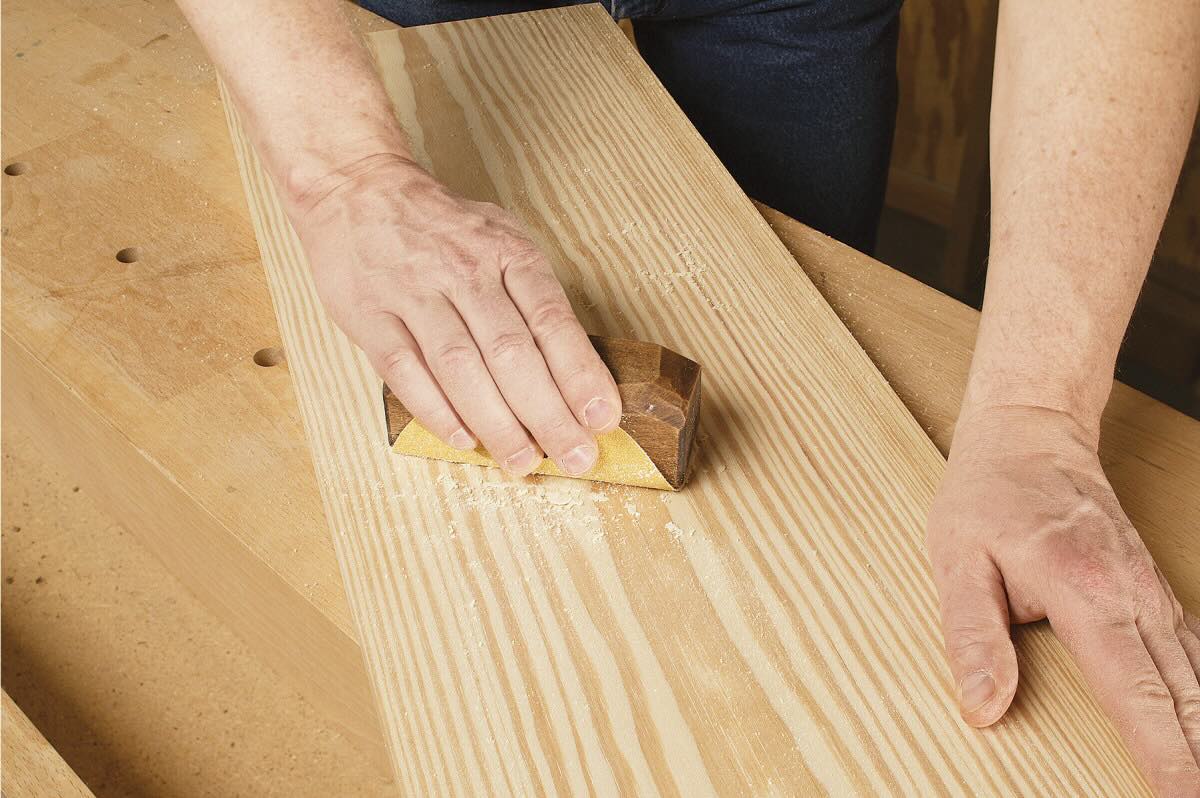
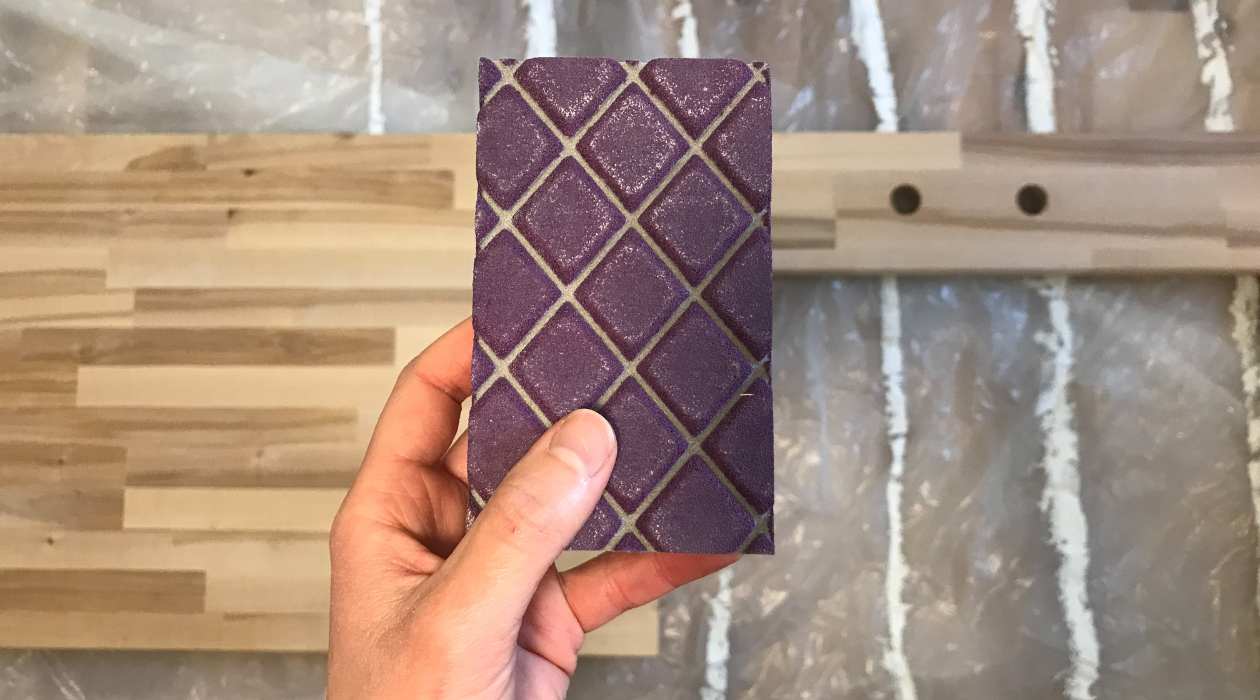

0 thoughts on “What Grit Sandpaper For Bed Liner”